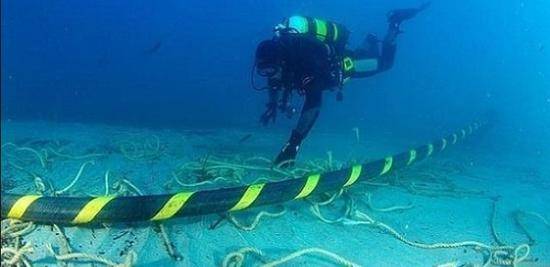Submarine optical cable transmission technology is a technology applied to submarine underwater optical cable communication, and its technological development is generally ahead of ground optical transmission technology. The submarine optical cable communication system includes three subsystems: optical fiber communication subsystem, remote power supply subsystem and monitoring subsystem. So far, the optical fiber communication subsystem is a line transmission system based on DWDM technology. The remote power subsystem supplies power to the submarine erbium-doped fiber amplifier. The monitoring subsystem is responsible for monitoring the status of subsea equipment.

The submarine optical cable adopts the integrated system design of the terminal, the optical cable and the submarine optical amplifier, and the construction can be completed in one time. The international long-distance submarine optical cable system uses submarine optical cables that contain power supply conductors. Submarine optical cables use armored optical cables and buried facilities near shore (the water depth is usually 500m). 6000km usually use hybrid fiber, the transmitting end uses a large cross-section, positive dispersion, positive dispersion slope fiber, and the receiving end uses a small cross section, negative dispersion, negative dispersion slope fiber, and the average dispersion of light emission part is controlled at about -3ps.km/nm . At the same time, the physical medium correlation layer (PMD) is controlled below 0.1ps/km1/2. The terminal system adopts advanced error correction (FEC) technology, automatic power equalization technology, polarization scrambling technology and more advanced coding technology, such as C-RZ, RZ DPSK, etc. The capacity of the submarine optical cable system is limited by the following restrictions on the regeneration distance.





